A Natural Phenomenon is anything that occurs on its own in nature without any kind of human intervention.
For example, the weather of a place, fog, storms, winds, tides, volcanic eruptions and cyclones all can be categorized as natural phenomena.
Some natural phenomena can be destructive such as cyclones, thunderstorms, lightning and earthquakes.
However, there are some ways with which we can protect and prepare ourselves from these natural disasters.
Figure 1 Examples of Natural Phenomenon
Lightning
Lightning is an electric discharge or an electric spark that occurs in nature on a major scale. It is caused by the accumulation of charges in the clouds.
It can be deadly and cause the destruction of life and property.
In ancient times people were unaware of the cause of lightning and hence they were scared of it. Nowadays, scientists have evolved some precautions that can help us prepare and protect ourselves from this natural phenomenon.
Figure 2 Lightning
The sparks that Greeks knew about
The Greeks were already aware of the electric charges from 600 BC. They knew that when Amber (a type of resin or synthetic polymer) and fur are rubbed together, then amber can attract light objects like hair.
Similarly, woollen clothes or polyester clothes also attract hair and can produce a little spark or crackling sound when they are taken off from the body. This is because of electric charges.
Benjamin Franklin was an American scientist who in 1752 discovered and proved that lightning and spark produced from these clothes are all same things.
What are electric charges?
Figure 3 Electric Charges
We know that every atom comprises of subatomic particles such as electrons, protons and neutrons.
All these particles share a common property that they carry electric charges.
Electrons have a negative charge on them while protons have a positive charge.
We know that atoms carry a balanced charge however these charges may sometimes become out of order.
An object will be called electrically neutral if it is carrying a balanced proportion of positive and negative charges.
An object is called a charged object if there is an imbalance of electrons and protons in it.
Charging by rubbing
When we rub two objects with each other they get charged due to a transfer of electrons between them.
For example, if we rub a rubber balloon with animal fur, the balloon is made up of rubber attracts the electrons from the animal fur.
This results in rubber having an excess of electrons while fur having a shortage of electrons.
In the same way, if we rub a plastic comb with dry hair the comb acquires some charge.
Types of charges and their interaction
Figure 4 Charged objects
We know that charged objects may have a shortage or excess of electrons.
Objects having an excess of electrons are called negatively charged while an object having a shortage of electrons are called positively charged.
For instance, when a glass rod is rubbed with silk cloth it becomes positively charged while the silk cloth becomes negatively charged.
These charged objects are now capable of attracting other charged and uncharged objects.
Objects having the same kind of charges repel each other while objects with different kind of charges attract each other.
Figure 5 Interaction between Charges
What is an electrostatic force?
The force of attraction or repulsion experienced by charged objects is called electrostatic force.
Figure 6 Electrostatic Force
What is a static electric charge?
Static charge or static electricity is an electric charge which does not move. Static charges are a result when two objects are rubbed with each other. When two surfaces come in contact with each other repeatedly it results in the transfer of electrons from one material to another. The strength of an electric charge depends upon different factors such as:
1. The temperature and humidity
2. Properties of the surface such as its material
Figure 7 Static Charges when woollen sweater and balloon are rubbed together
In opposite to static charge, there is an electric current. The electric current results when the charges flow or move from one point to another. This electric current results in glowing of bulb or working of all the electrical appliances.
Figure 8 Electric Current
Transfer of charges
Charges can transfer from one object to another with the help of conduction and induction:
Conduction: when a charged object comes in contact with a conductor it results in the transfer of charges through the conductor.
Figure 9 Charging by Conduction
Induction: When a charged object is brought near a neutral object, it results in shifting in the position of the electrons in the other object.
Figure 10 Charging by Induction
The process of induction does not involve any physical contact between the charged and uncharged object while the process of conduction requires a physical contact between them.
How the transfer of electric charges leads to conservation of charge?
The net charge on a neutral object is zero. However, when an object receives some electrons from another object, the net negative charge on the first object is equal to the net positive charge of the second object. In this way, charges are conserved during transfer of charges.
Figure 11 (a) Amber and Cloth both have net zero charge (b) Amber and Cloth are rubbed together (C) Amber and Cloth together have net zero charge
What is an electroscope?
It is a device which can test if an object is charged or not. Abraham Bennet developed a gold leaf electroscope in 1787.
Structure of an electroscope
Generally, gold and silver are used to construct an electroscope because they are good conductors of electricity. Otherwise, copper and aluminium can also be used.
It consists of a glass jar having a vertical brass rod.
The rod is inserted into the jar through the cork.
The brass rod has a brass disc or horizontal rod attached to it.
From the other end, two leaves of gold are suspended.
Figure 12 Electroscope
Working of an electroscope
When a charged object touches the brass disc, electric charges get transferred from the brass rod to the gold leaves. As a result, the gold leaves move away from each other depicting the presence of charges.
Figure 13 Working of an electroscope
Discharging and Earthing
When a charged object loses its charges it is said to be discharged.
When a charged object transfers its charges to the earth it is called earthing. Generally, every building is provided with earthing to protect it from electrical shocks due to leakage of electric current.
Figure 14 How Earthing Protects us form Shock
Figure 15 How Can we get a Shock Without Earthing
Story of Lightning
Figure 16 Lightning
1. During a thunderstorm, the hot air moves upwards while the raindrops fall downloads.
2. This leads to a separation of charges in the atmosphere.
3. As a result, negative charges get accumulated in the lower ages of the clouds while positive charges accumulate at the upper edges.
4. The ground is accumulated with a positive charge all over.
5. These charges begin to multiply due to the increase in winds and rainfall.
6. Although the air is a poor conductor of electricity due to heavy charges it is unable to restrict the electric flow after some time.
7. The negative charges and positive charges meet which results in the production of electric sparks in the form of a streak of light accompanied by a sound.
8. The streak is called lightning and the whole phenomenon is called electric discharge. This electric discharge can occur between two or more clouds.
Why does lightning strikes tall buildings easily?
We know that lightning occurs as a streak of charges that fall toward the ground. Tall buildings and tall trees can easily conduct the charge towards the ground. The air gap between these buildings and lightning is short hence they are more susceptible to lightning. That does not mean that short objects would not be affected by lightning.
Lightning safety
One should not stay at an open place during lightning and thunderstorm. Hence as soon as we hear any alert about lightning or thunderstorm, we should rush to a safe place such as a house or a building. If somebody is there in a car or bus, they should stay inside and keep all the doors and windows closed. One should read inside the safe place until the storm lasts.
Do’s and don’ts for lightning safety
Outdoor Safety
1. One should not stay in an open place such as an open vehicle like a motorbike, tractor, or open fields, elevated places, or tall trees.
2. One should not carry an umbrella during the storm.
3. If a person is around a forest they should hide under short trees.
4. One should not get near to any poles on metal objects.
5. One should squat low on the ground instead of laying down.
Figure 17 Lightning Safety
Indoor Safety
1. Lightning is an electric discharge hence one should stay away from electrical wires telephone, cables and metal pipes during a thunderstorm.
2. One may use a cordless phone or a mobile phone in an emergency.
3. One should not come in contact with the running water hence one should avoid bathing.
4. One should unplug all the electrical appliances in the house, for example TV, computers or music systems. Electrical lights do not cause any harm and hence can be kept on.
Figure 18 Lightning Safety
Using a lightning conductor
In order to protect buildings from lightning, a lightning conductor device is used.
When the building is being constructed a metallic rod having height more than the building is placed in the walls of the building.
One end of the rod is in the air while the other end is buried inside the Earth.
This rod is a conductor and hence during lightning it allows the flow of electric charges to the ground.
Figure 19 Lightning Conductor
Working of a lightning conductor
The lightning conductor rod consists of pointed ends which are made up of copper wire.
These copper wires are brought down along the building and are attached to a metallic plate in the ground.
If lightning hits the building the copper wires carry these charges quickly to the ground.
Earthquakes
Some natural phenomena such as thunderstorms and cyclones can be predicted by meteorologists. However, there are certain natural phenomena that are uncertain and cannot be predicted accurately. One of them is an earthquake.
Earthquake is a natural phenomenon that occurs as shaking or trembling of the Earth’s surface.
It occurs or lasts for a very short span of time.
The main cause of earthquake is disturbances inside the crust of the earth.
Deep inside the earth, earthquakes occur all the time however they are not noticeable on the earth’s surface. Sometimes major earthquakes occur on the earth surface which can be destructive.
Earthquakes can lead to:
a) Loss of life
b) Loss of property such as buildings, dams and bridges
c) Floods
d) Landslides
e) Tsunamis
Figure 20 Destruction due to Earthquake
Cause of an earthquake
Earth’s surface is divided into several layers the crust, mantle, inner core and outer core.
Figure 21 Layers of Earth Surface
The outermost layer of the Earth is divided into several plates. These plates are always moving.
As they move past each other or collide, disturbances are caused in the earth’s crust. These disturbances are called earthquakes or tremors.
Figure 22 Plates on Earth’s Surface
Figure 23 Movement of India’s Earth Plates
Other causes of an earthquake can be:
Volcanic eruptions
When a meteor hits the Earth surface
The nuclear explosion under the Earth surface
Although the causes of an earthquake are clear the scientists cannot predict when the earthquake would occur.
What are seismic zones?
The movement of plates causes an earthquake. Hence the earthquakes are most likely to occur on their boundaries. The areas that lie on the boundaries of these plates are called weak zones, seismic zones or fault zones.
Figure 24 Seismic Zones in India
What is the Richter scale?
A scale which is used to determine the magnitude or strength of an earthquake is called the Richter scale.
Destructive earthquakes have a Richter scale magnitude of more than 7.
A Richter scale is not a linear scale, that is, a magnitude of Richter scale 6 does not imply that it is one and a half times more destructive than an earthquake with a magnitude of 4.
It rather means that an earthquake of a magnitude of 6 is 100 times more powerful than an earthquake with a magnitude of 4.
Figure 25 Richter Scale and its interpretation
What are seismic waves?
The earthquakes produce waves on the earth surface which are called seismic waves. These waves travel in all the directions on the Earth’s surface.
What is Focus of an earthquake?
The focus of an earthquake is a point inside the earth’s surface where the earthquake originates. It is also called hypocenter.
What is an Epicentre?
The epicentre is a region on the earth’s surface that lies just above the focus of the earthquake is called epicentre. The earthquake does not originate from the epicentre.
Figure 26 Map of Earthquake
What is a seismograph?
A seismograph is an instrument which can record the seismic waves.
It contains a metal rod or a pendulum which can vibrate as the earthquake occurs.
The metal rod is attached to a pen which records the waves on the paper.
Scientists study these waves and then construct a map of the earthquake.
This also helps them in determining the power of the earthquake.
Figure 27 Seismograph
Protection against an Earthquake
The buildings located in the seismic zones should be constructed in a way that they can handle major tremors. The following measures should be taken by people to make the houses of buildings quake-safe:
People should always consult architects and engineers before constructing a new building.
The roofs of the building should be kept light.
Timber or mud should be used in the construction of buildings rather than heavy materials.
The shelf and cupboard should be fixed to the walls so that they do not fall off easily.
Things such as photo frames, geysers, clocks and other wall hangings should be placed in a place that does not harm anybody if they fall off.
Buildings should have firefighting equipment as earthquakes may cause fires.
Figure 28 How buildings can be made Quake-Safe
How can people protect themselves from an earthquake?
Indoors safety measures
1. One should hide under a table until the earthquake stops.
2. One should not stay close to heavy and tall objects.
3. If one is in bed they should cover their head with a pillow instead of getting up.
Outdoor safety measures
1. One should find a place which has no tall buildings around or even trees.
2. If a person is inside a car or a bus they should drive slowly to a clear place and be inside until the earthquake stops.
Figure 29 Protection against an Earthquake
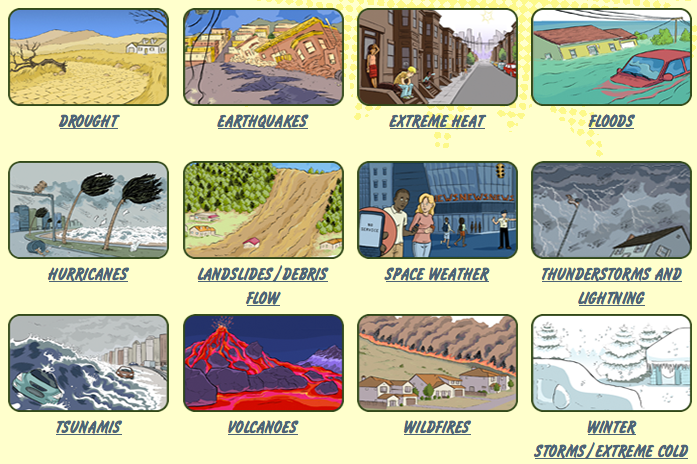
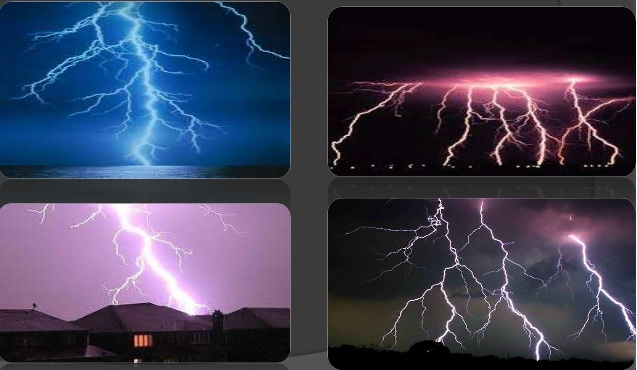
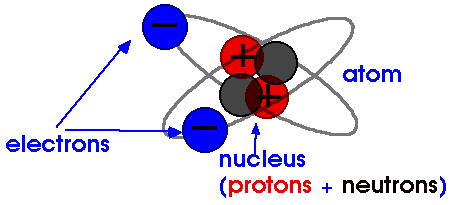
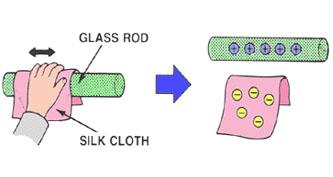

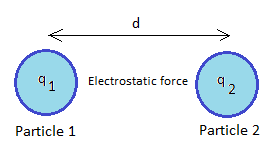
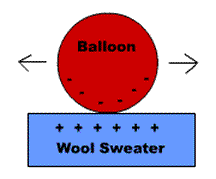
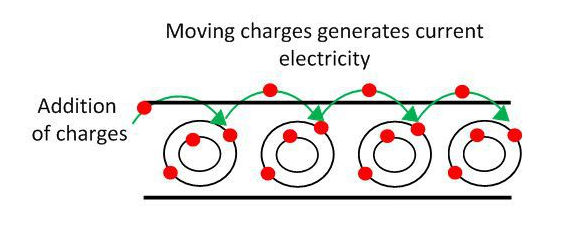
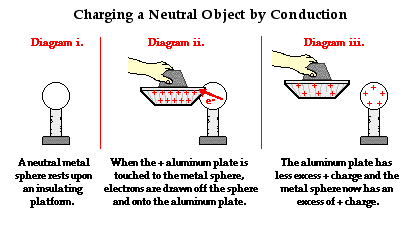
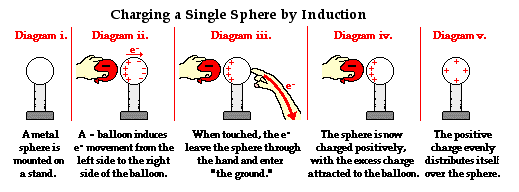
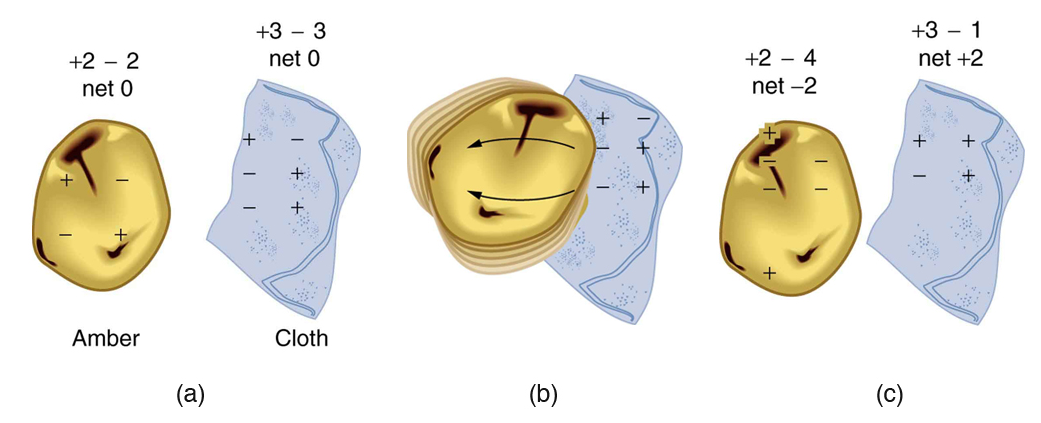

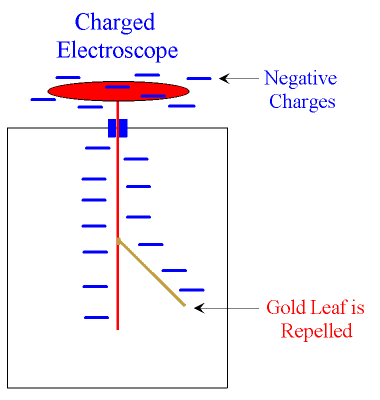
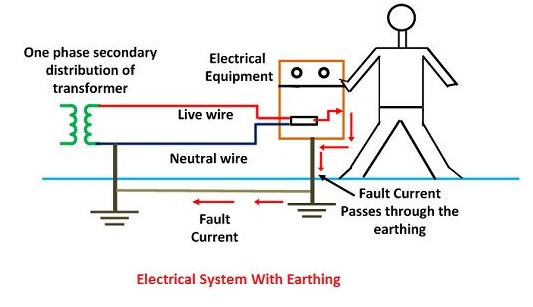
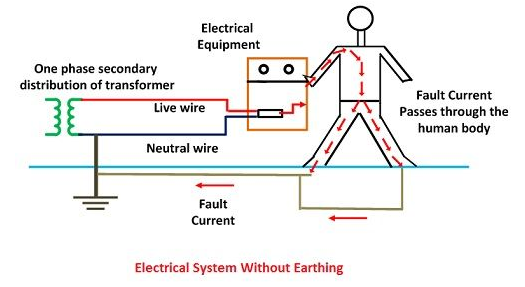
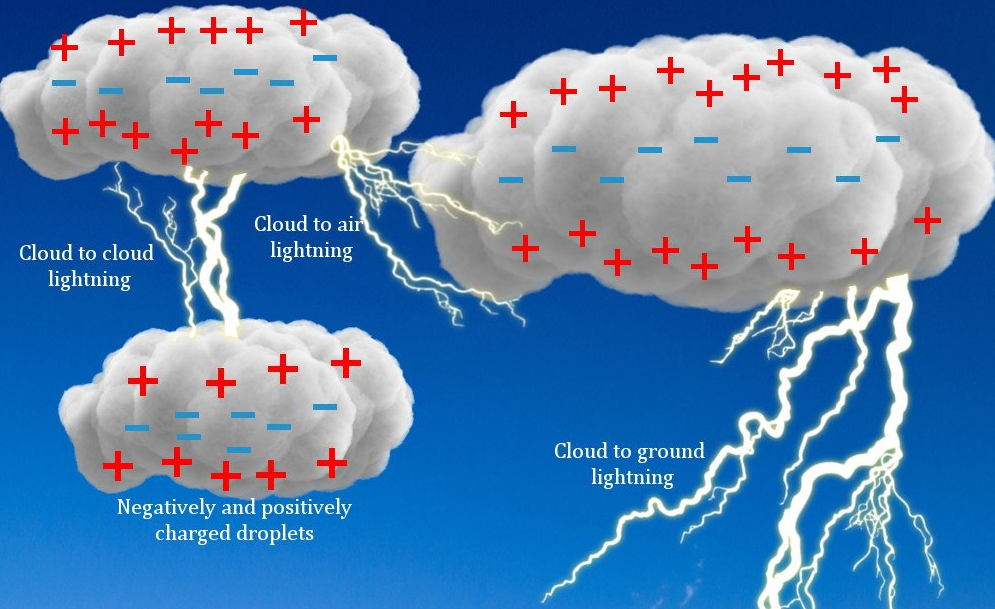
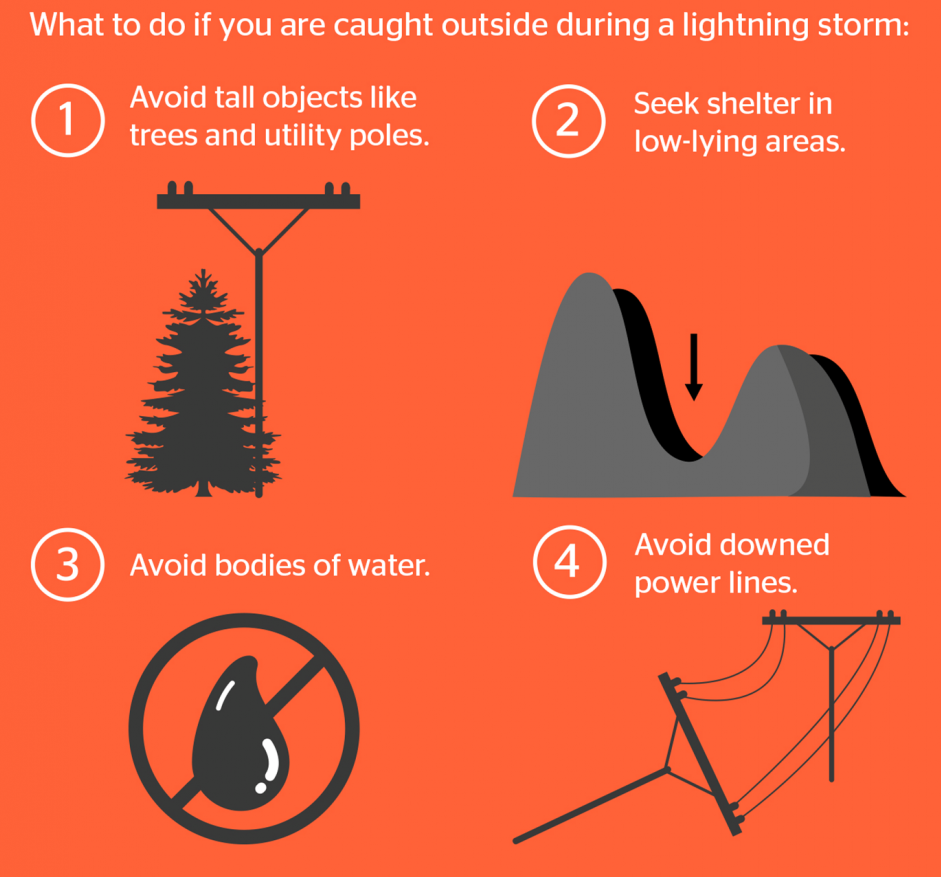
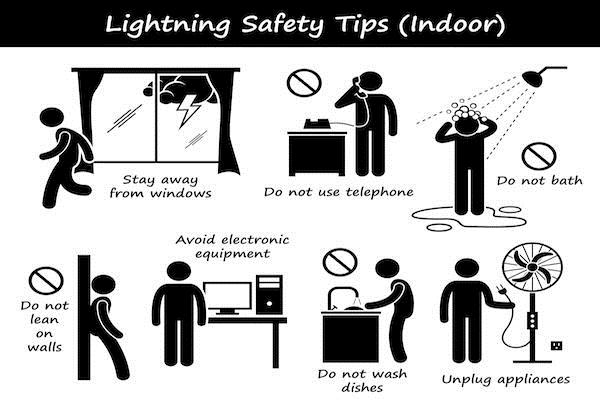
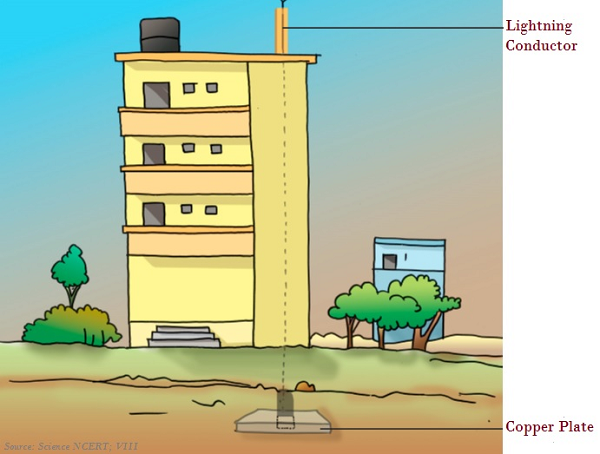
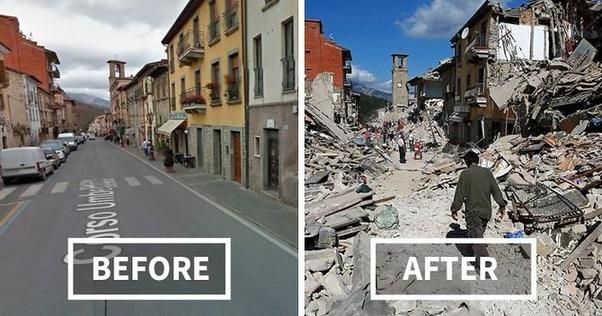
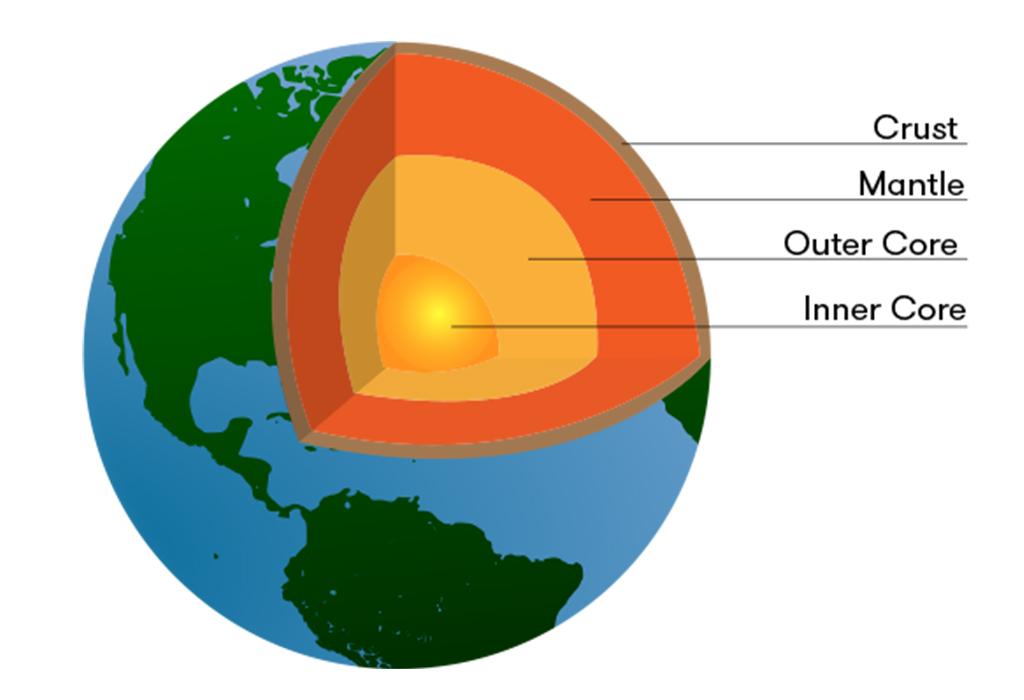
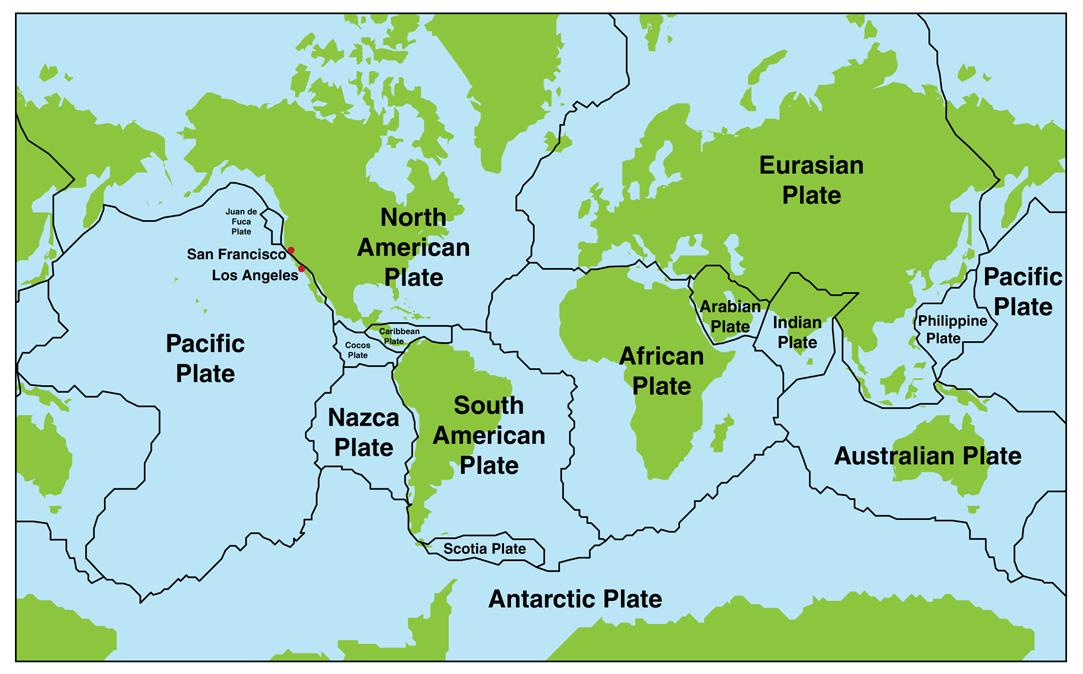
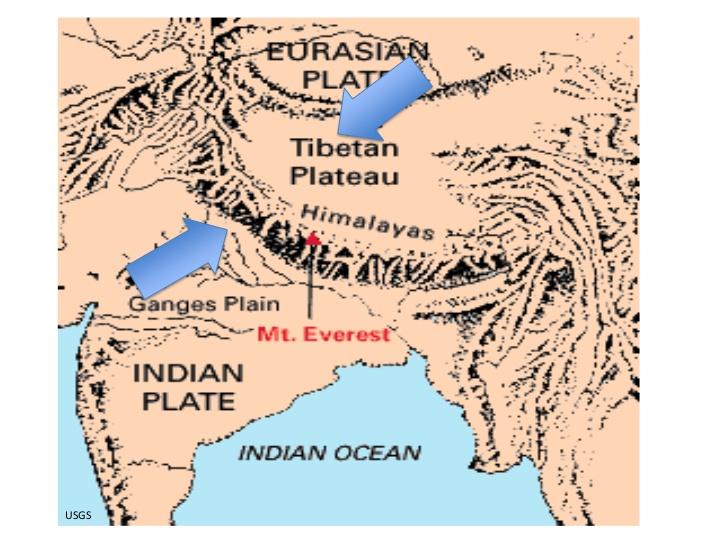
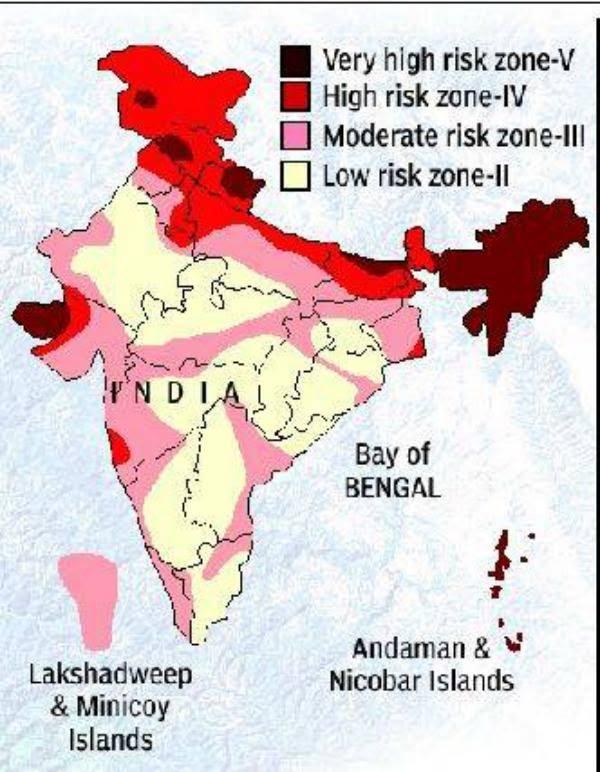
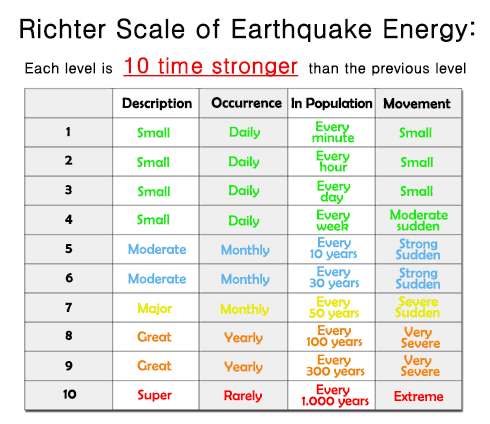
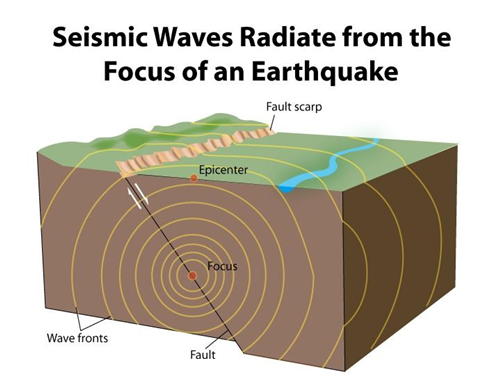
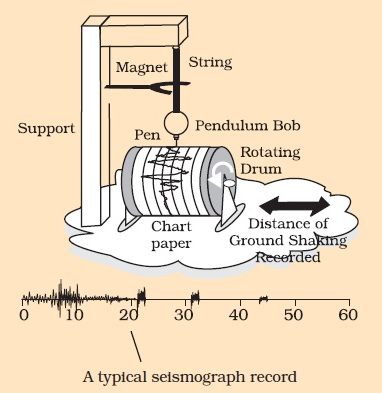
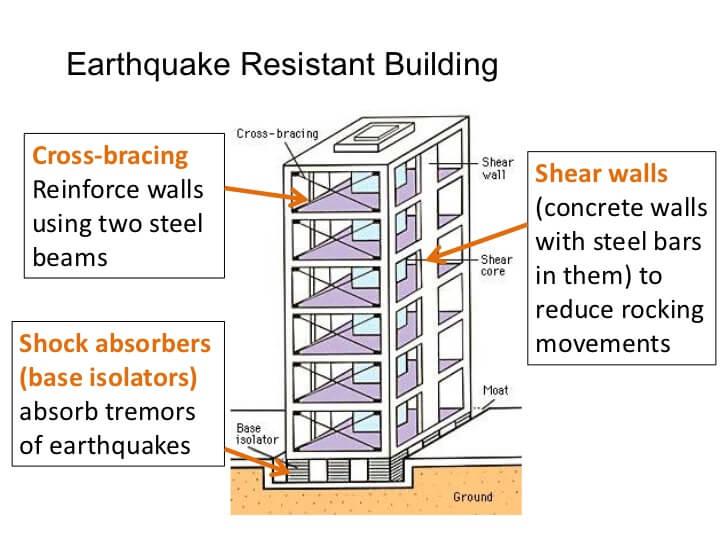
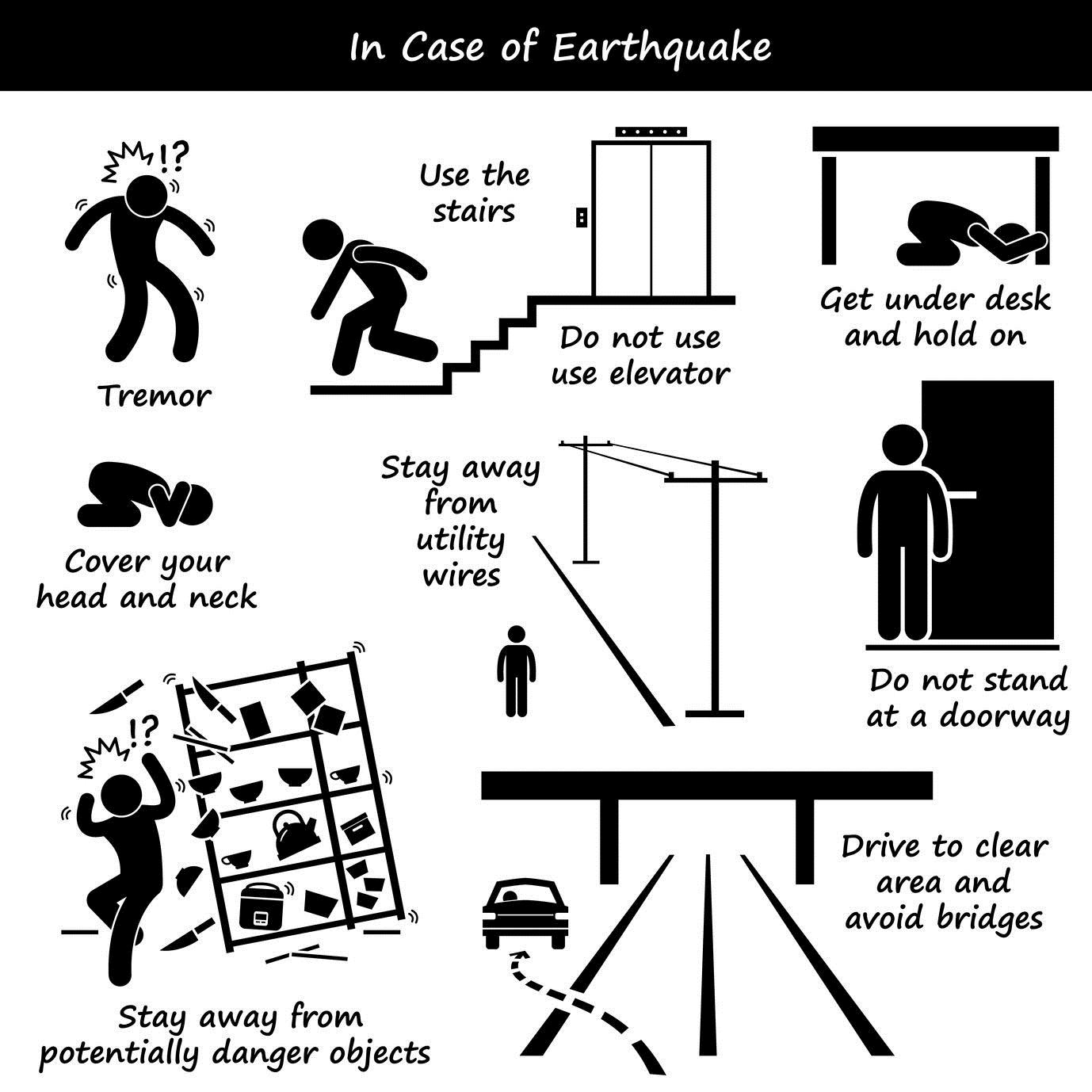
Leave a Reply